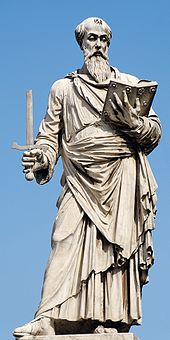
Paolo Uccello, born Paolo di Dono, was an Italian painter and mathematician who was notable for his pioneering work on visual perspective in art. In his book Lives of the Most Excellent Painters, Sculptors, and Architects, Giorgio Vasari wrote that Uccello was obsessed by his interest in perspective and would stay up all night in his study trying to grasp the exact vanishing point. Uccello used perspective to create a feeling of depth in his paintings. His best known works are the three paintings representing the battle of San Romano, which were wrongly entitled the Battle of Sant'Egidio of 1416 for a long period of time.

Giorgio Vasari was an Italian Renaissance painter and architect, who is best known for his work Lives of the Most Excellent Painters, Sculptors, and Architects, considered the ideological foundation of all art-historical writing, and still much cited in modern biographies of the many Italian Renaissance artists he covers, including Leonardo da Vinci and Michelangelo, although he is now regarded as including many factual errors, especially when covering artists from before he was born.
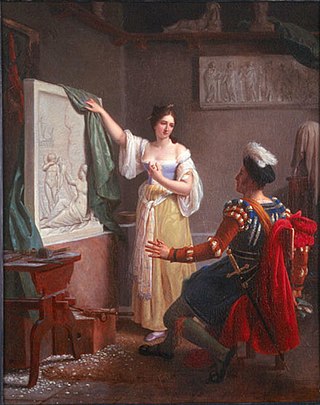
Properzia de' Rossi was a ground-breaking female Italian Renaissance sculptor and one of only four women to receive a biography in Vasari's Lives of the Artists.

Guglielmo della Porta was an Italian architect and sculptor of the late Renaissance or Mannerist period.

Matteo Civitali (1436–1501) was an Italian Renaissance sculptor and architect, painter and engineer from Lucca. He was a leading artistic personality of the Early Renaissance in Lucca, where he was born and where most of his work remains.

The Lives of the Most Excellent Painters, Sculptors, and Architects, often simply known as The Lives, is a series of artist biographies written by 16th-century Italian painter and architect Giorgio Vasari, which is considered "perhaps the most famous, and even today the most-read work of the older literature of art", "some of the Italian Renaissance's most influential writing on art", and "the first important book on art history".

Niccolò di Piero Lamberti, also known as Niccolò di Pietro Lamberti, Niccolo Aretino, Niccolò d'Arezzo and il Pela, was an Italian Renaissance sculptor and architect. Little is known about his life other than that he was married in Florence in 1392. His son, Piero di Niccolò Lamberti (1393–1435), was also a sculptor, and the two are notable for exporting the Tuscan style of sculpture to Venice, where they were active in the late 1410s and 1420s.

Simone Ghini, also known as Simone Ghini I and as Simone I di Giovanni di Simone Ghini, was an Italian Renaissance sculptor from Florence who was born in 1406 or 1407. He is best known for his funeral monument to Pope Martin V, in the Basilica of St. John Lateran, in Rome. Together with Antonio Filarete, Simone also made a set of bronze doors for St. Peter's Basilica in Rome. Giorgio Vasari in his Lives of the Most Excellent Painters, Sculptors, and Architects erroneously stated that Simone was the brother of Donatello. Simone Ghini died in 1491.

Lazzaro Vasari (1399–1468), also known as Lazzaro Taldi and as Lazzaro di Niccolò de' Taldi, was an Italian painter who was born in the Province of Arezzo. His father was a potter, as was Lazzaro Vasari’s son, Giorgio Vasari I. The painter Luca Signorelli (1441–1523) was Lazzaro Vasari’s nephew, and the art historian Giorgio Vasari was his great-grandson.
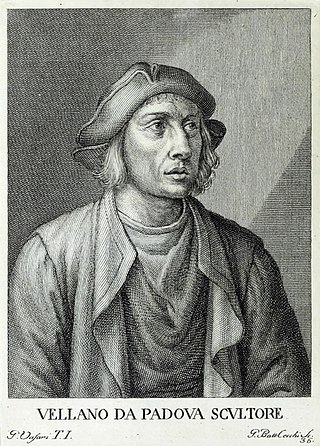
Bartolomeo Bellano, also known as Bartolomeo Vellano, was an Italian Renaissance sculptor and architect who was born in Padua in 1437 or 1438. He was the son of a goldsmith and became a student of the sculptor Donatello, with whom he worked on many projects, including in the Basilica of Saint Anthony of Padua.
Mino del Reame, also known as Mino dal Reame, was a 15th-century Neapolitan Italian Renaissance sculptor from Naples.
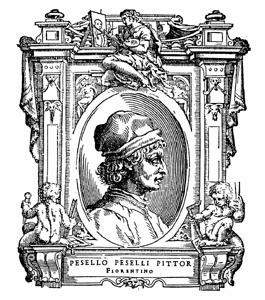
Francesco Pesellino, also known as Francesco di Stefano, was an Italian Renaissance painter active in Florence. His father was the painter Stefano di Francesco, and his maternal grandfather was the painter Giuliano Pesello (1367–1446), from whose name the diminutive nickname "Pesellino" arose. After the death of his father in 1427, the young Pesellino went to live with his grandfather whose pupil he became. Pesellino remained in his grandfather's studio until the latter's death, when he began to form working partnerships with other artists, such as Zanobi Strozzi and Fra Filippo Lippi. He married in 1442, and probably joined the Florentine painters' guild in 1447. In the following years he made for reputation with small, highly-finished works for domestic interiors, including religious panels for private devotional use and secular subjects for pieces of furniture.
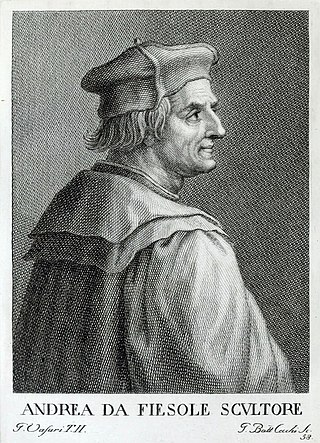
Andrea Ferrucci (1465–1526), also known as Andrea di Piero Ferruzzi and as Andrea da Fiesole, was an Italian sculptor who was born in Fiesole, Tuscany, in 1465. He was a first cousin once removed of the artist Francesco di Simone Ferrucci (1437–1493), under whom he studied.

Alfonso Lombardi, also known as Lombardi da Lucca, Alfonso da Ferrara and as Alfonso Lombardo, was an Italian sculptor and medallist who was born in Ferrara, Italy, in 1497, and died in Bologna in 1537. He was very active in Bologna where he created a number of works that are still present in the most important churches of that city. Giorgio Vasari dedicated a chapter to Lombardi in his Vite.

Pierino da Vinci, born Pier Francesco di Bartolomeo di Ser Piero da Vinci, was an Italian sculptor, born in the small town of Vinci in Tuscany; he was the nephew of Leonardo da Vinci.
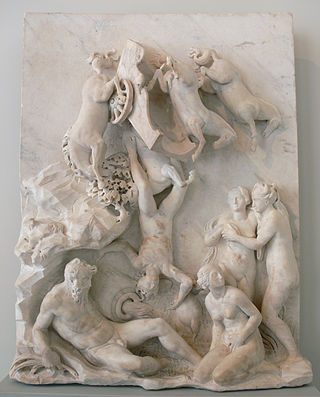
Simone Mosca (1492–1554) was an Italian sculptor who was born in Settignano. His sons were sculptors Francesco Mosca, called Il Moschino and Simone Simoncelli, also known as Simone Moschino (1533-1610). During the late 1520s and early 1530s Simone worked with Michelangelo on the Medici Chapel in Florence. A Venus by Francesco Moschino was described in 1782 in the Royal Palace of Turin. Simone Mosca died in Orvieto, Italy in 1554.
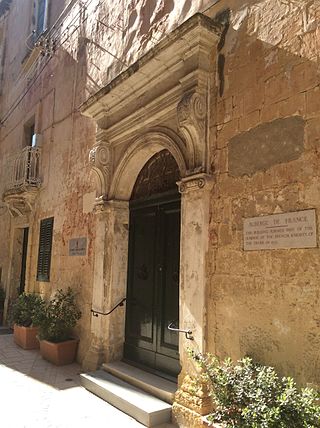
Bartolommeo Genga (1518–1558) was an Italian architect who was born in Cesena, Italy. He was the son of Girolamo Genga (1467–1551) and the brother-in-law of Giovanni Battista Belluzzi (1506–1554). At 20 years of age, Bartolommeo went to Florence, to continue the studies he commenced with his father. In Florence, he befriended Giorgio Vasari (1511–1574) and Bartolomeo Ammanati (1511–1592). After spending three years in Florence, he returned to his father, who was then building the church of San Giovanni Battista in Pesaro. Upon the death of his father in 1551, Bartolommeo assumed his father’s position with Duke Francesco Maria I della Rovere. Bartolommeo continued the building of San Giovanni Battista and built the Palace of Pesaro.

Dello di Niccolò Delli, also known as Dello Delli, Dello di Niccolò and Dello, was an Italian sculptor and painter from Florence. His father was a tailor named Niccolò di Dello. Painters Nicola Delli and Sansone Delli were his less famous younger brothers.
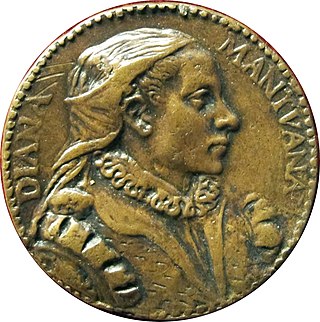
Diana Scultori was an Italian engraver from Mantua, Italy. She is one of the earliest known women printmakers, making mostly reproductive engravings of well-known paintings or drawings, especially those of Raphael and Giulio Romano, or ancient Roman sculptures.

The Libro de' Disegni was a collection of drawings gathered, sorted, and grouped by Giorgio Vasari whilst writing his Lives of the Most Excellent Painters, Sculptors, and Architects. By the time of his death in 1574 it is thought to have contained around 526 drawings, of which 162 are now in the Louvre and 83 in the Nationalmuseum, Stockholm. There are also drawings from the Libro in the prints and drawings departments of the Uffizi, the British Museum, the Albertina, the National Gallery of Art and other institutions.

